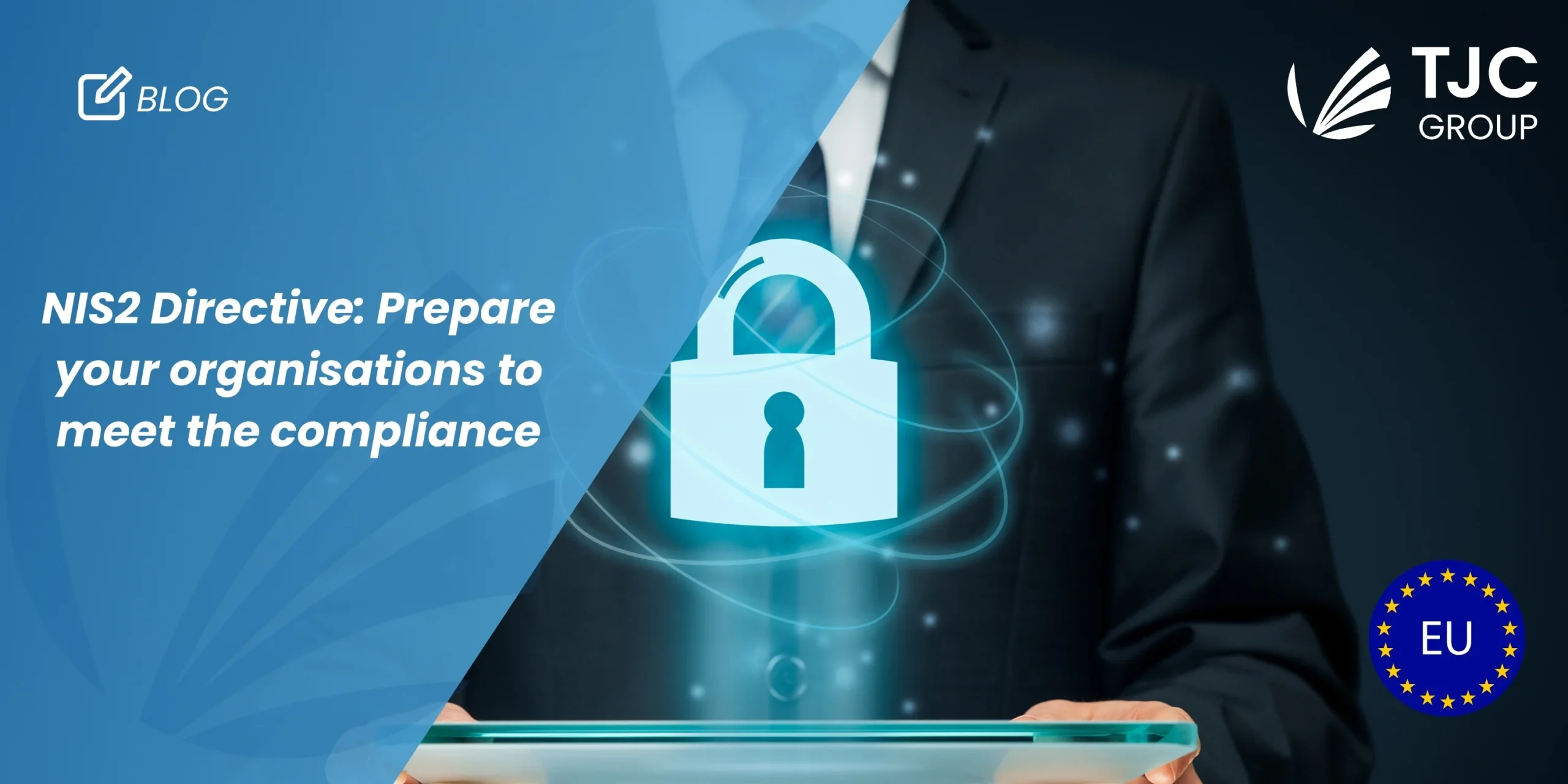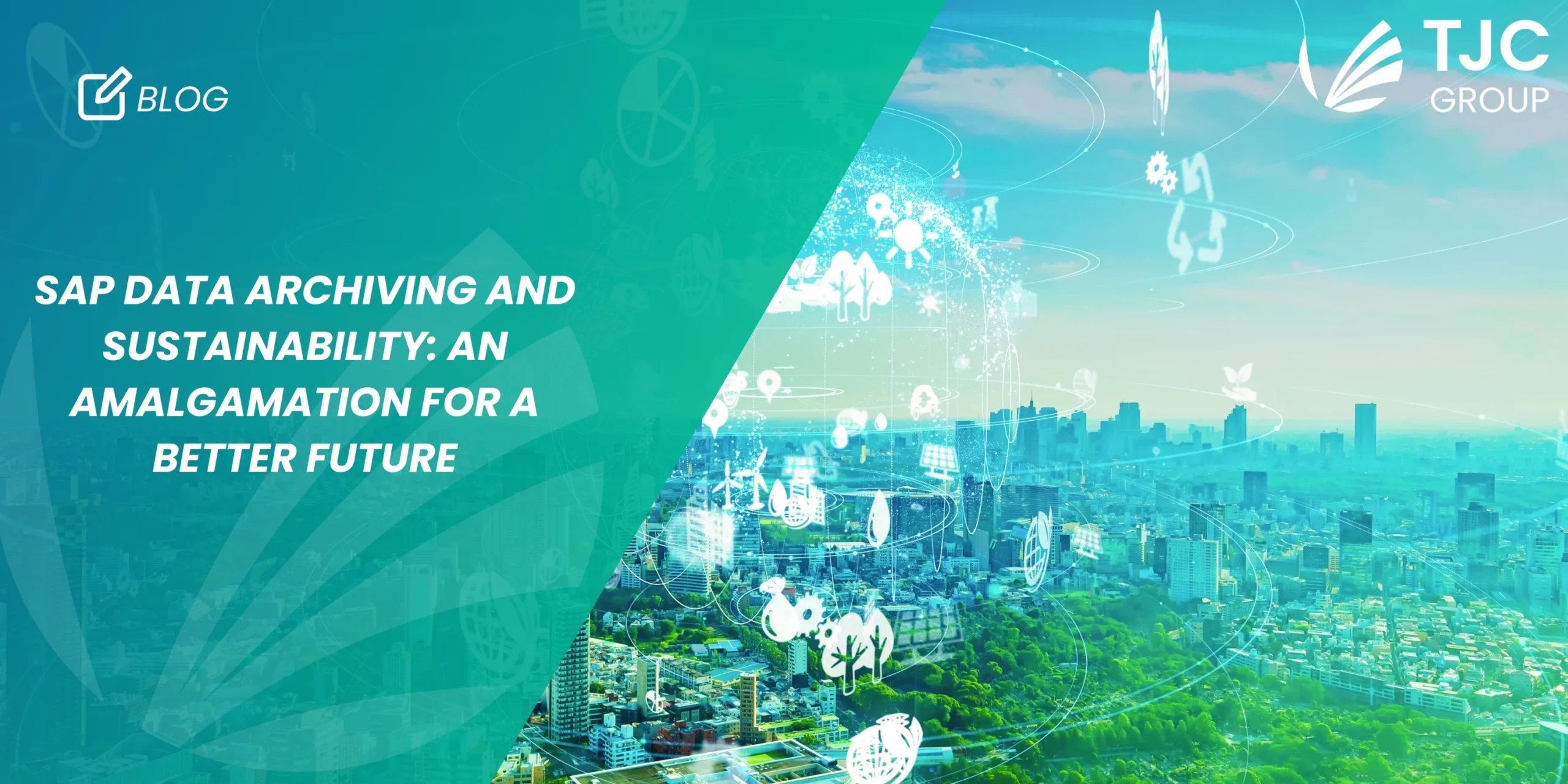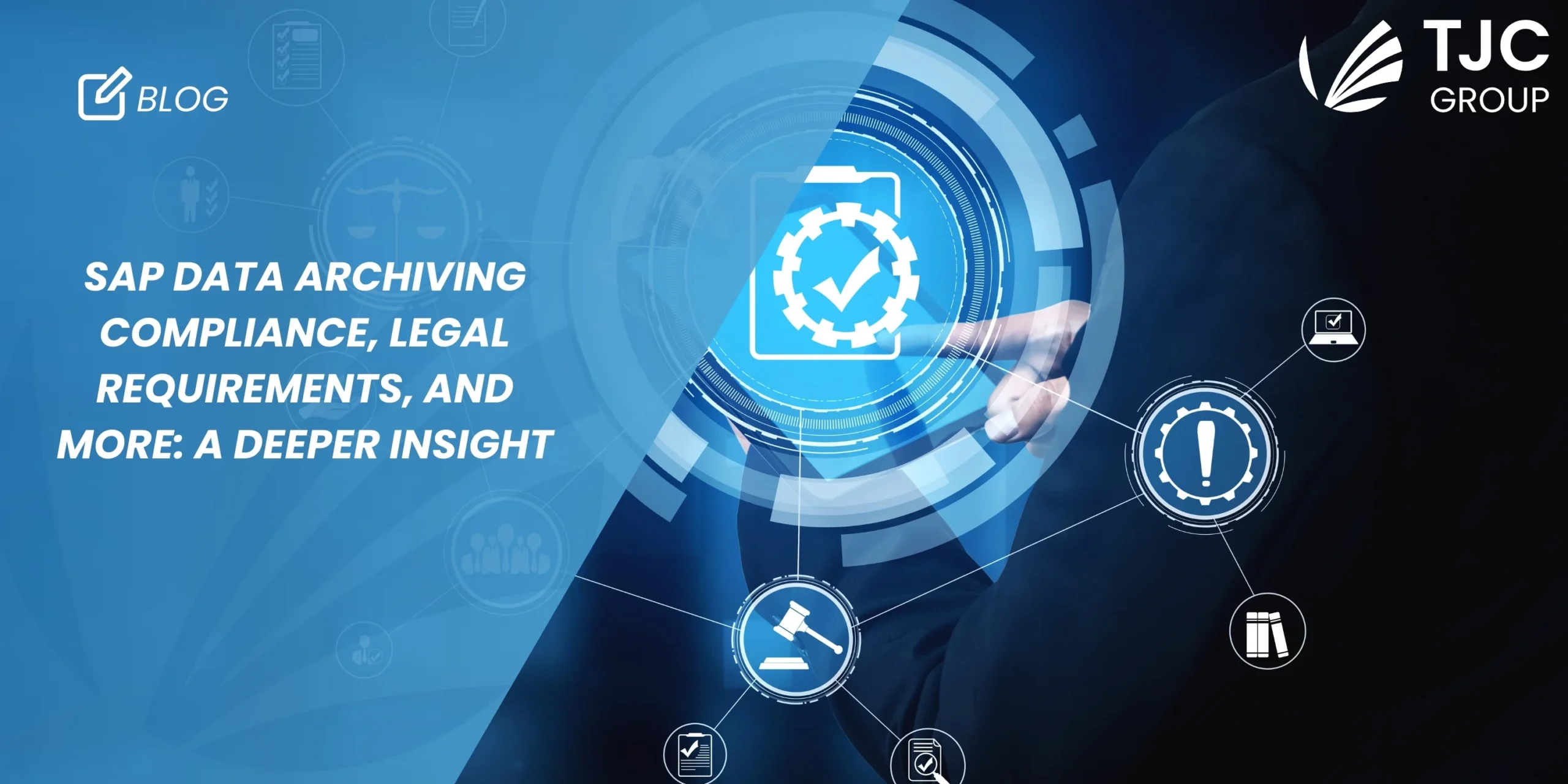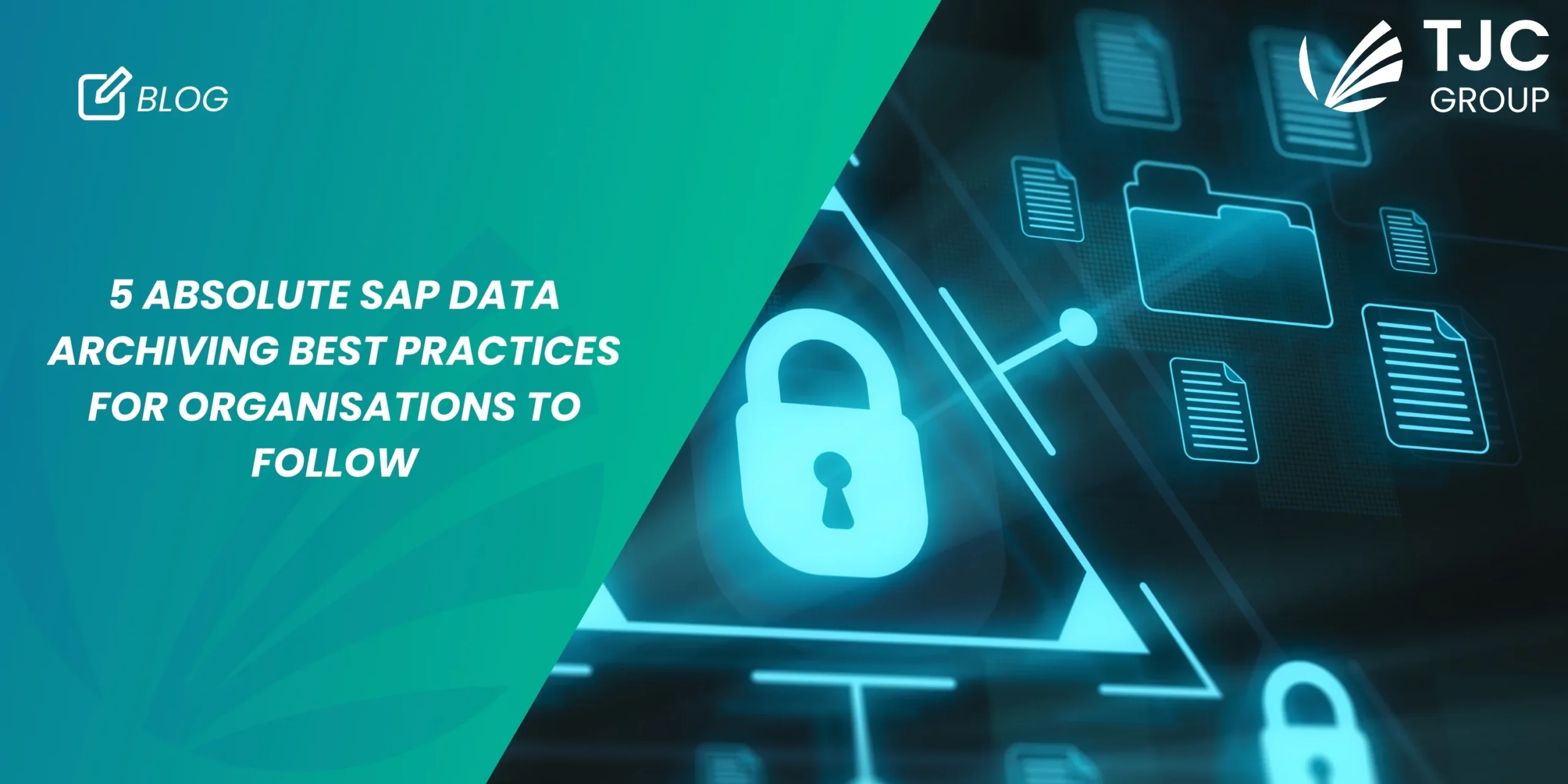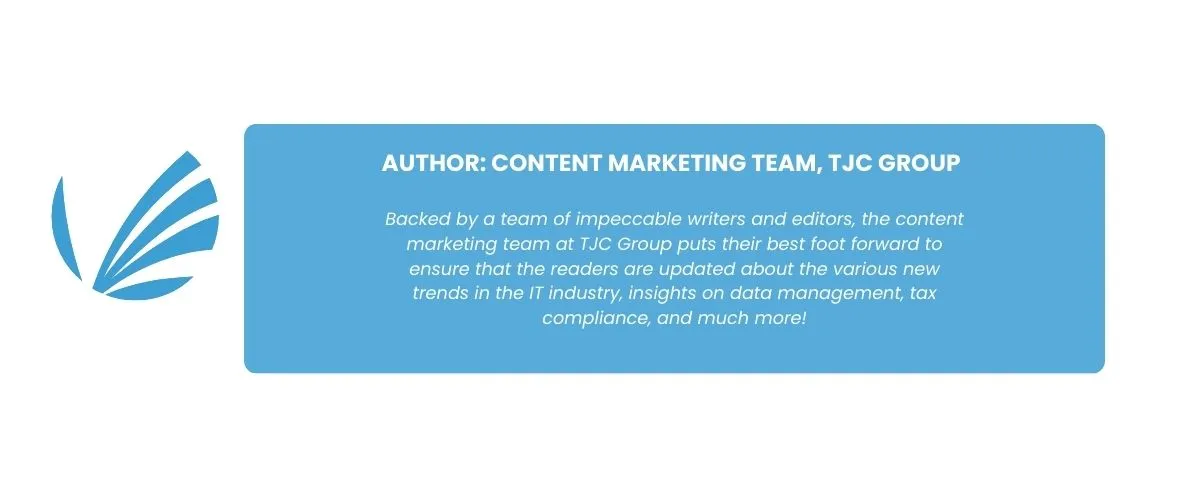
AI is hitting the ground running as SAP continues its long march to the cloud. Many organisations seek modernization, efficiency, and help with ESG reporting. SAP S/4HANA migration deadline is fast approaching, and more talented SAP professionals are urgently wanted to lead the digital transformation. So, what are the 5 key SAP trends for 2024 and beyond?
1. Increased adoption of Artificial Intelligence within SAP
As per KPMG 2023 CEO Outlook, 70% of CEOs are putting generative AI as a top investment priority. All leading technology companies are embedding AI tools within their solutions to improve support, management, and useability. In doing so, these users can save on maintenance time, improve resource utilisation efficiency, and boost their system performance. SAP is no exception, and they are envisioning a future S/4 HANA ERP system that is boosted by artificial intelligence, with the capability to fundamentally change the way companies operate.
SAP shared a preview of SAP AI Core and SAP AI Launchpad at SAPTechED 2023, but the most striking announcement was yet to come at the very end of 2023 when SAP released the Generative AI Hub for customers. It provides reasonably intuitive access to large language models and the ability for SAP users to try them out in a secure SAP environment.

SAP’s vision is to make AI the engine that powers its ERP, allowing organisations to run their core processes, while behind the scenes, the system is constantly learning to adapt, adjust and uniquely optimise performance for company-specific circumstances in real time.
2. Increased adoption of SAP cloud applications
SAP RISE with SAP has been available for some time but given that many SAP ECC users have postponed their cloud migration and upgrade plans, it hasn’t been as widely adopted as anticipated. In 2024, we are expecting to see significantly increased interest in RISE with SAP as an entry point for SAP S/4 HANA. RISE with SAP is positioned as “business transformation as a service” and includes the entry level S/4 HANA Cloud ERP, together with SAP partner-provided migration services plus access to the SAP Business Network and intelligent business process re-engineering.
Along with RISE with SAP packaged bundle, we can also expect to see increased interest in SAP’s other cloud-based platforms, including the SAP BTP Architecture. This enables users to achieve SAP’s recommendations to keep the core clean, providing ready-to-go custom functionalities and services to suit specific industry sectors.
3. Increased focus on sustainability for SAP
Almost two years ago, SAP sponsored a research study to understand the obstacles enterprises face when they try to implement corporate sustainability initiatives. The study identified a number of issues that hamper efforts to reduce carbon footprints, one being ineffective use of data and siloed technologies that cannot share processes or information. To support these efforts, SAP has launched a unique tool to help users to instantly identify the scale of their carbon footprints, with calculations that integrate supplier data and existing business data. The SAP Sustainability Footprint Management solution is effectively a green ledger and provides transactional carbon accounting to support profitable, low-carbon business models. It combines several capabilities and technologies to account for the greenhouse gas emissions of every business transaction.
Also available is the SAP Sustainability Control Tower that helps organisations improve environmental, social and governance (ESG) impacts transparency and reporting. This solution provides “several capabilities and technologies to account for the greenhouse gas emissions of every business transaction” as stated by SAP.

The timing couldn’t be better now that EU Member countries have pledged unanimously at COP28 to actively move away from the use of fossil fuels. We expect the green ledger to become a driver, influencing companies’ decisions to migrate to SAP S/4 HANA.
4. Increased interest in Data Archiving to cut down carbon emissions
Data archiving is another very important initiative to help minimise carbon footprints and at the very least, avoid wasting energy resources by storing data unnecessarily – on cloud servers. Data storage now accounts for more carbon emissions than the commercial airline industry with a single data centre consuming enough electricity to power up to 50,000 homes. Multiply this by the thousands of data centres in operation and experts quantify that this accounts for 2% of global carbon emissions.
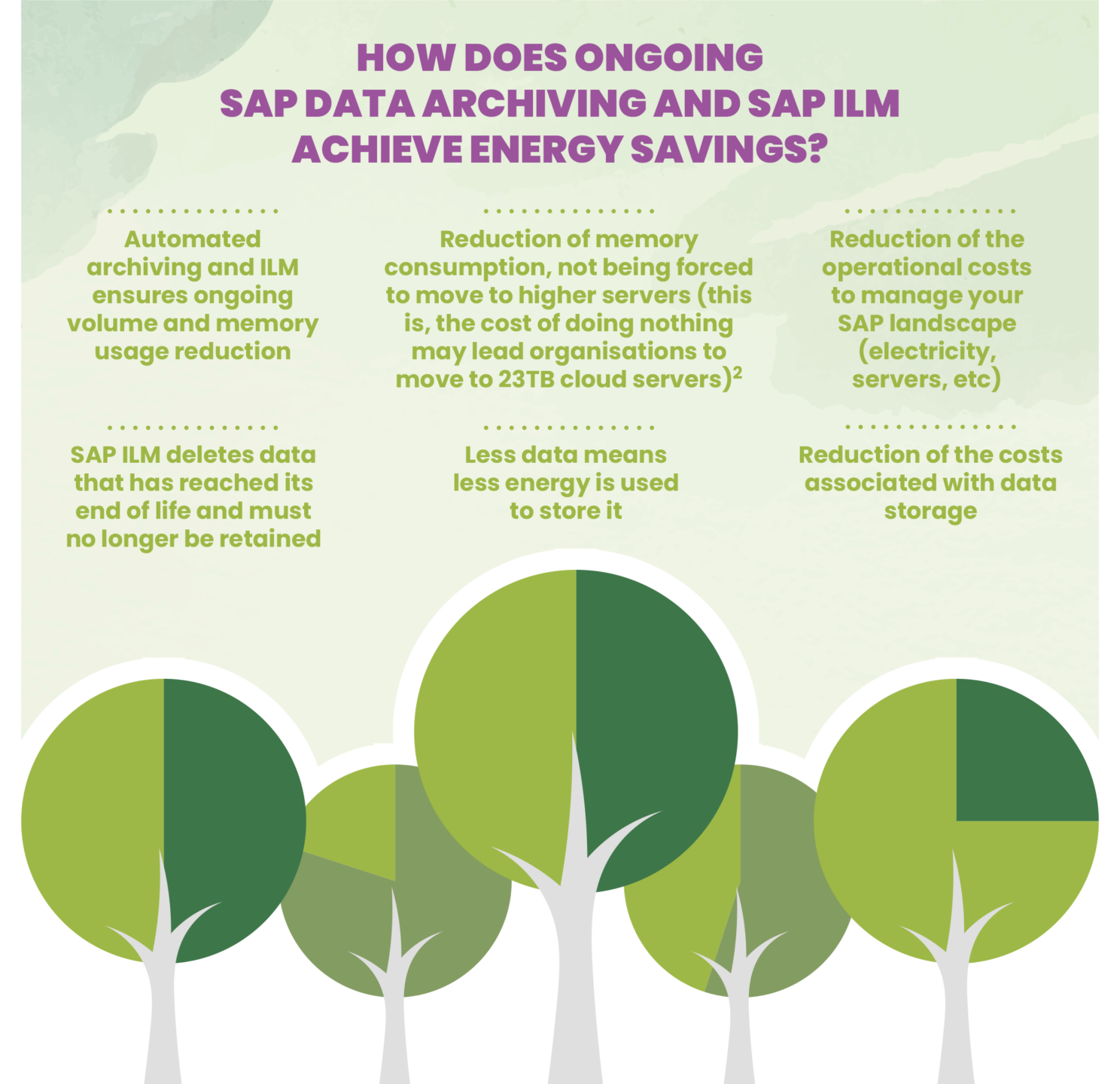
TJC Groups works with leading organisations on an ongoing basis helping them to get to grips with data volume growth as a result of digital transformation programmes. As enterprises migrate their applications on SAP’s cloud platforms, they are looking to limit the size of their databases. Data Archiving helps to control costs but there is a very important environmental consideration too and one that we expect to grow in 2024, as interest in new solutions like SAP Sustainability Footprint Management increases too.

5. Emphasis on attracting new SAP talent
There’s always something edgy about working at a start-up company, but the risks can outweigh the excitement. SAP on the other hand is considered one of the most eligible tech employers in the world and the gold standard for ERP solutions in every industry. In spite of this and as SAP itself acknowledges, accessing fresh talent and attracting young people to develop their careers within the SAP ecosystem can be challenging. It’s not necessarily regarded as a ‘cool’ technology and the average age of an SAP consultant is 40+. SAP is addressing this with a succession management campaign designed to attract Gen Z and millennials to build up their SAP tech credentials. Last year SAP pioneered a wide initiative to upskill millions of people worldwide in search of a career in IT.

This investment in growing the talent pool is essential if SAP is to achieve sustainable growth within the SAP EMEA cloud services market, which is now expanding by around 50 percent annually. A lack of certified SAP consultants is creating pipeline problems and to counter the skills deficit, SAP is forging partnerships with training providers. We can expect more investments like this in the future, during 2024, to ensure that SAP can support the fast-growing demand for SAP cloud skills.
Find out why SAP could become the decades most sought after IT skill.
Will 2024 be the year for SAP S/4 HANA migration?
Enterprises are well aware of the advantages of S/4 HANA and now, with the clock ticking before SAP stops supporting ECC, perhaps the time has come to plan your company’s migration to S/4 HANA. SAP has already made a very big bet on the cloud being where the company’s future lies. New product launches and innovations are aimed at cloud customers only and the message is clear. Climb aboard the cloud train or risk being left behind.
To learn how you could implement the latest trends within the SAP community in 2024, contact TJC Group.



